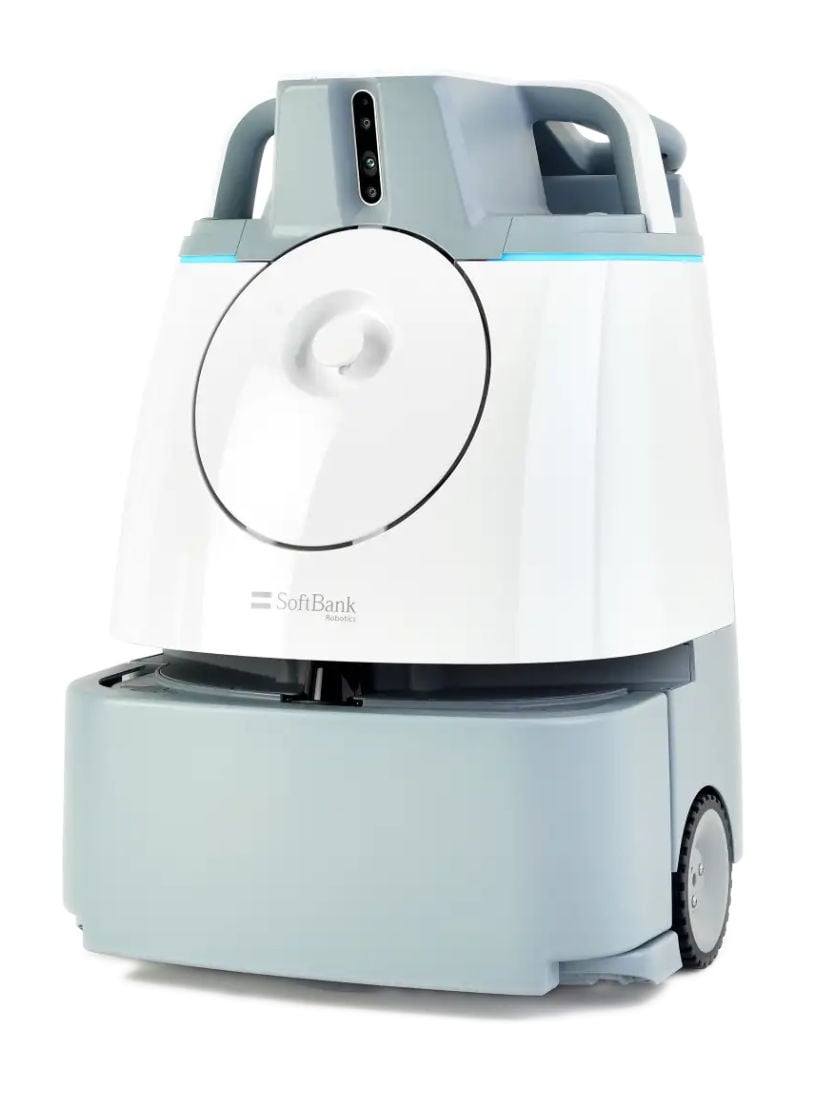Anyone who works in building services knows the importance of measurable outcomes, a concept that has solidified the need for performance-based contracts over the last few decades. Here’s a look at what performance-based cleaning contracts are, their advantages and challenges, and their importance in the cleaning industry.
What is a Performance-Based Cleaning Contract?
Performance-based contracts are based on outcomes. With these contracts, rather than paying for effort, a customer is paying for an outcome. For example, instead of prescribing that the grass needs to be cut on a specific schedule with a specific type of equipment, a performance-based contract might specify that the grass must always be between 2 to 4 inches high and that the lawn must be uniform with no bare spots or weeds. The contract says nothing of the methods to achieve this outcome; instead, it is up to the service provider to find the most effective way to meet the required objectives. For indoor cleaning activities, a performance-based contract might specify that floors must be cleaned to a certain level of glossiness on a luminosity scale, or that there must be no handprints on a glass wall.
As opposed to standard prescriptive contracts, this outcome-based approach is built on the idea of jobs-to-be-done, a philosophy that is transforming the way businesses market to and serve their customers. The theory of jobs to be done argues that consumers are not buying a product but rather “hiring” a product to accomplish a job they need to have done. In the case of cleaning services, clients are not paying for x number of janitors, they are hiring for the “job” of clean, handprint-free glass and pristine, glossy floors. Performance-based contracts serve this mindset by clearly identifying the jobs to be done, as well as the metrics for evaluating successful completion of those jobs.
Prescriptive Contracts vs Performance Contacts
Standard contracts are prescriptive. For example, a standard contract might prescribe that the cleaning company must employ a certain number of janitors for the job and must clean and vacuum the property daily with a specific type or brand of vacuum cleaner. These contracts are often extremely granular, specifying the exact cleaning solutions, tools, and methods that must be used. In short, standard contracts describe exactly what the cleaning staff must do to perform the work. Meanwhile, performance-based contracts describe the outcome the cleaning staff must achieve.
Why Performance-Based Cleaning?
Performance-based cleaning contracts offer many benefits for both property management and the building service organizations. The following describes the advantages of performance-based cleaning contracts, some of the challenges to implementation, and the value of automation for this cleaning model.
How Property Management Benefits from Performance-Based Cleaning Contracts
Two of the biggest costs of managing a property are utilities and facilities management. Of these two costs, utilities are relatively simple to control: they are fully measurable and can easily be adjusted to achieve a desired outcome. For example, changing the thermostat by 1-2 degrees yields a predictable result, and the cost savings are immediately quantifiable. In contrast, facilities management has historically been a big question mark because there has been little to no measurement behind cleaning practices, particularly with traditional prescriptive cleaning contracts. How can you manage something effectively if you can’t break down the cost and measure the outcomes relative to those costs?
With these questions in mind, property managers are demanding results--not just a checklist of tasks completed--but results that can be defined and measured based on outcomes to ensure they are getting the value they need relative to the cost. For property management, performance-based contracts can solve many of these challenges because these contracts are built around achieving results. This translates to higher quality because service providers are evaluated on outcomes rather than task completion. In addition, performance-based contracts define key performance indicators (KPIs) instead of a checklist. These quantifiable metrics allow property management to better understand the breakdown of cleaning costs relative to the results.
How Building Service Companies Benefit from Performance-Based Cleaning Contracts
The demand for measurable outcomes poses both a challenge and an opportunity for cleaning companies. By switching to performance-based cleaning contracts, cleaning service organizations can better demonstrate value to their clients, differentiate themselves from their competitors, and ultimately win and keep more clients.
Performance-based contracts give cleaning companies the freedom to leverage their expertise, bring in innovation, and introduce new technologies to deliver better results more efficiently. Not only does this help cleaning companies better serve their customers, it also allows them the flexibility to choose innovative, cost-saving solutions--like automated cleaning technology--that can increase profit margins without sacrificing customer satisfaction.
Learn more about how building service companies are finding value in performance-based cleaning contracts.
Challenges of Performance-Based Contracts
Despite the many advantages of performance-based contracts, there are still some challenges. Many companies simply do not have the mechanisms or the data to offer performance-based cleaning contracts. In addition, it can be challenging to clearly define and measure the outcomes effectively without adequate resources and bandwidth to do so. To solve these challenges, cleaning companies are turning to automation to help them a) make the switch to performance-based contracts and b) achieve results above and beyond the capabilities of their human workforce.
The Value of Automation in Performance-Based Cleaning
Automation enables performance-based cleaning contracts by producing desired results at scale. In addition, leveraging automation for tedious tasks like vacuuming allows cleaning service providers to deliver an extremely high level of consistency that is difficult to achieve with traditional manual efforts. Furthermore, automated cleaning technologies provide data to measure and report on cleaning performance.
For example, in most offices, carpet is the number one air filter. Since the recession in the US, many buildings switched from vacuuming every square inch of space to spot cleaning. Not only is this unhealthy for building occupants, but poorly-cleaned carpets must also be replaced more frequently. Automated cleaning technologies like Whiz, a commercial robot vacuum, can provide confirmed clean reports to verify that each room was thoroughly cleaned versus just a spot clean. These reports can easily translate into cost savings.
Although a typical carpet warranty is 5-7 years, carpet manufacturers may be unwilling to honor warranty claims for carpets that need to be replaced prematurely due to infrequent or incomplete cleaning. The costs add up, both for businesses and for the environment. For example, according to the EPA, approximately 2.5 million tons of carpet become landfill every year. However, with a commercial robot vacuum, carpets can be maintained appropriately and the life of the carpet can be extended with minimal effort, achieving a clean carpet while reducing the high costs of daily manual cleaning and frequent carpet replacements.
Conclusion
Performance-based contracts are an ongoing trend in the building services industry, and it is important for cleaning companies to make the switch from standard prescriptive contracts in order to stay competitive. Download white paper, Automating the Future of Clean, to learn more about how to leverage the power of automation for your business.







